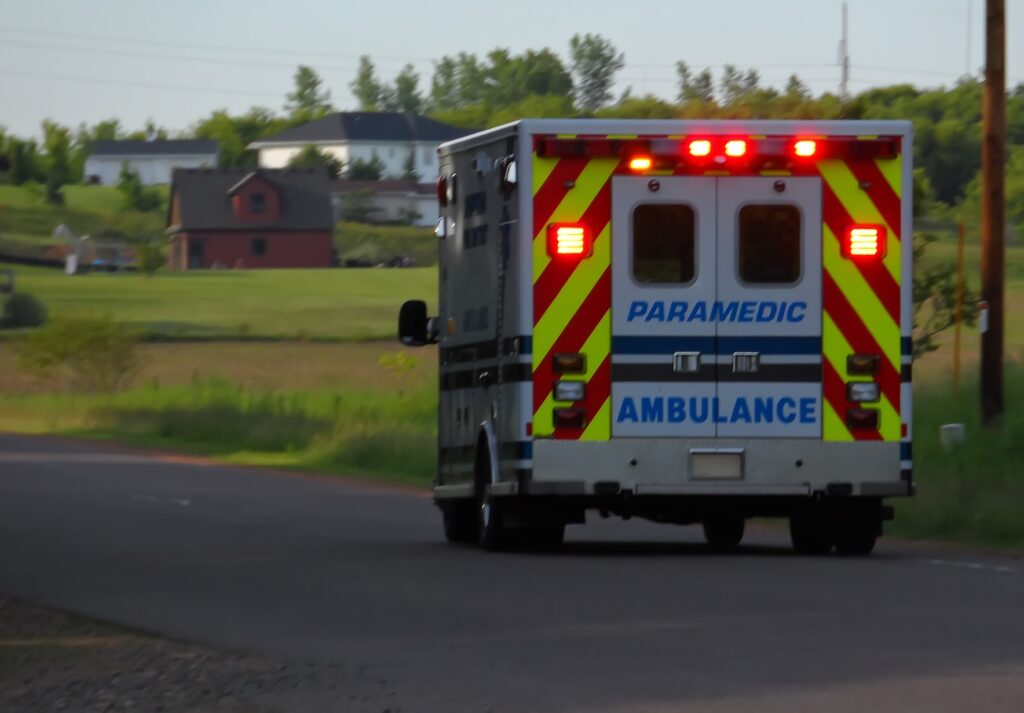Safety in your Community

safety in your community
Safe and supportive communities are the foundation of a healthy life.
Everyone deserves a safe environment to grow, thrive, and age with dignity. We all need secure spaces to live, learn, work, and play—supported by safe roads, accessible healthcare, and communities free from violence. Achieving this requires strong infrastructure, smart policies, and everyday actions that prioritize safety and well-being for all.
Preventing injuries through safe driving, fall prevention, and violence reduction programs can make a big difference in keeping our communities safe. When injuries do happen, quick and effective care is key to helping people recover. This means fast assessment, timely medical treatment, good rehabilitation, and access to support services.
Getting to a hospital as quickly as possible—one that is equipped to handle your specific injury—can make all the difference in recovery and survival. Rural communities need a strong trauma care system due to their unique challenges. This includes geographic isolation, longer travel times to hospitals and preventive services, and limited access to mental health care.
Center resources
- Childhood injuries
- Rural injuries and violence
- Violence prevention
- Other injury topics
- Safety
- Toolkit: Establishing a Community-Engaged Network to Refer Older Adults to falls Prevention Programming
Other resources
- Disaster PrepWise (disaster preparedness program for older adults)
- Pool and outdoor water safety (UI Health Care Stead Family Children’s Hospital)
- Pause to Protect (safe gun storage and safe storage maps)
- Back-to-school safety (UI Health Care Stead Family Children’s Hospital)
- Screening teens for opioids (American Academy of Pediatrics)
Explore RPATS
Our Research and Practice Action Teams (RPATs) are topical areas of focus.